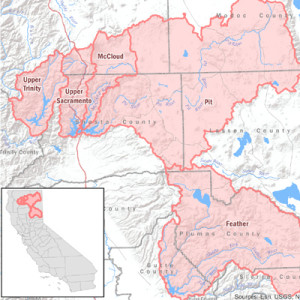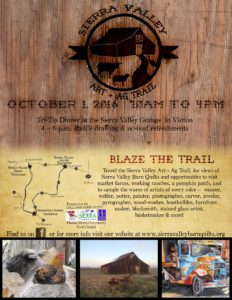Benjamin Spillman, bspillman@rgj.com 6:04 a.m. PDT August 22, 2016
Research: Changing snowmelt cycles could deprive streams and reservoirs
Changing snowmelt cycles could be more damaging to mountain streams and reservoirs in the Western U.S. than previously thought, according to recently published research.
That’s according to research that shows slow-melting snowpack reduces the amount of water that makes it into streams and reservoirs.
The results have ramifications for everyone from water managers to anglers to kayakers, essentially anyone who values mountain streams.
“This likely means net changes in the amount of water available to reservoirs draining snowmelt area,” said Adrian Harpold, a University of Nevada eco-hydrologist who worked on the research. “That is the big implication.”
What’s interesting about the research is that it shows a slower snowmelt results in less water making it into streams and reservoirs. That’s counterintuitive for many who assume, under a climate change scenario, faster snowmelt would be a bigger problem.
“One misperception is snowmelt runs off the surface,” said Harpold, whose team used computer modeling to simulate snowmelt throughout the Western U.S.
Really, he said, snowmelt seeps into the soil which fills like a sponge before feeding into streams and reservoirs.
When it melts quickly the sponge fills up and the water seeps out. But when there’s a slower melt the water stays in the soil where it gets taken up by vegetation and then goes into the atmosphere through evapotranspiration.
“That slower snowmelt is a less efficient generator of streamflow and sort of an unrecognized negative consequence for water supply,” Harpold said.
But with climate change resulting in warmer nighttime lows, fewer freezing days and a higher snowline in the future shouldn’t the snowpack melt faster, not slower?
Not necessarily, Harpold said.
That’s because temperature isn’t the only driver of rate of snowpack depletion. Solar radiation, or sunlight, is an even bigger factor.
Under a warmer winter or drought scenario, snowpack is more likely to be smaller and to start melting sooner.
And that means there will be less snow to melt and some of it will be melting earlier in the year when there is less sunlight, which means it will melt more slowly than a large snowpack that’s melting in mass quantities in April and May when sunlight is abundant.
That’s bad news as the climate warms and even worse news during droughts, Harpold said.
“Drought is going to be kind of a double whammy for us in the future,” he said. “Not only are we getting less precipitation … but that precipitation may be less efficiently generating streamflow.”
Although the research suggests the process for snowpack boosting mountain streams will be less efficient in the future, it’s difficult to say by how much. Harpold said more research is needed.
“How well do we understand our snowpack,” he said. “We don’t really know how sensitive our snowpack is or how sensitive our water supply is to snowpack changes.”
The findings, published in the journal Geophysical Research Letters with six researchers as co-authors, showed snowpack and streams in the southern Rocky Mountains were most at risk. But it suggested risk for the Sierra Nevada and across the west, as well. Harpold worked on the project at University of Colorado, before moving to Nevada.
Co-author Noah Molotch, the director of the Center for Water, Earth, Science and Technology at Colorado University in Boulder, Colo., said the findings showed a similar pattern across the west, which means broad ramifications.
“Given that 60 million people in the Western U.S. depend on snowmelt for their water supply, the future decline in snowmelt-derived streamflow may place additional stress on over-allocated water supplies,” Molotch said.


